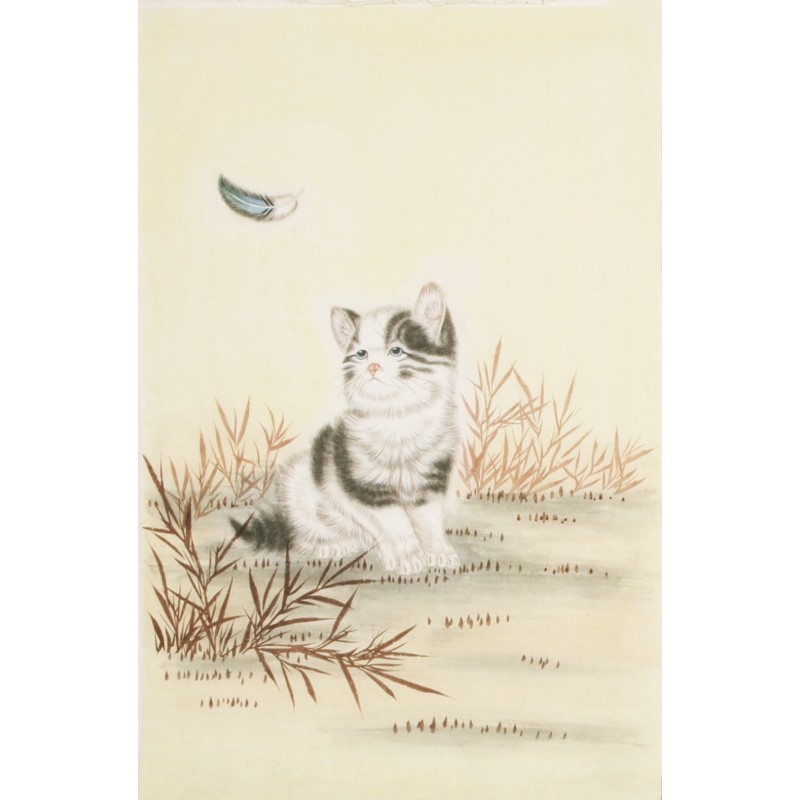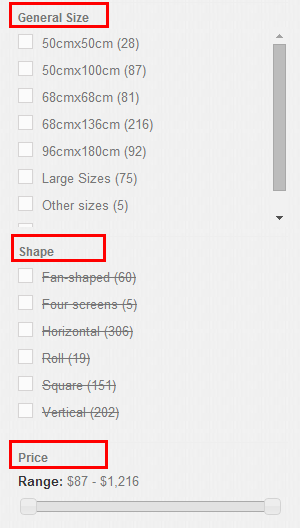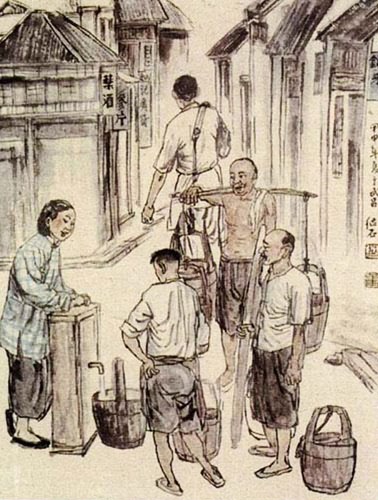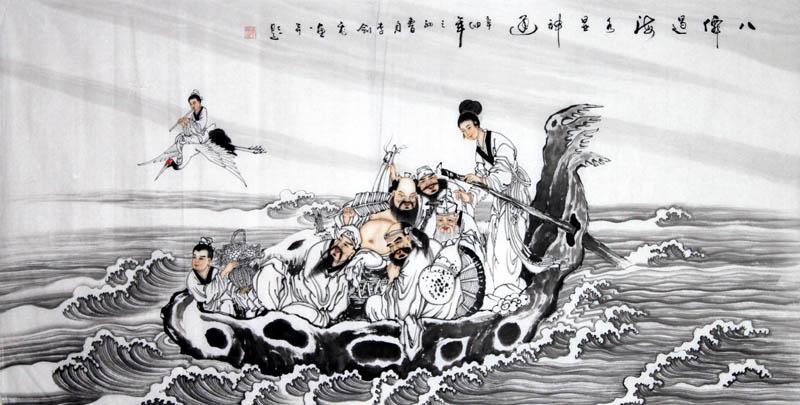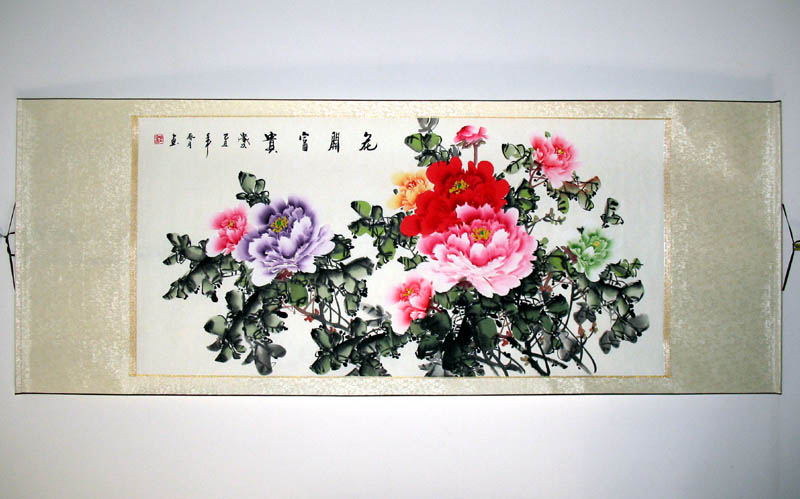Chinese painting is widely considered to be one of the oldest continuous artistic traditions in the world. Chinese painting today is known as Guo hua, meaning national painting. As its name, the Chinese painting is painted with the same techniques as Chinese calligraphy and is done with a brush dipped in black or colored ink on rice paper or thin silk.
Chinese painting has a very long history. The earliest work which still survived today is a painting on silk of human figures found at a tomb of the Warring States Period (475-221BC). At much more earlier times, the Chinese people used minerals to draw simple pictures such as animals, plants on rocks or potteries. But little survived. Later in Han Dynasty (206BC-220AD), after the invention of paper, paintings on paper appeared and silk was gradually replaced by.
On painting techniques, Chinese painting has two main techniques, Gong-bi and Ink and wash painting. Gong-bi, means meticulous, pay close attention to details. It is often highly colored and usually depicts figurative or narrative subjects. Ink and wash painting, which is named shui mo hua in Chinese, is quite a lot different from Gong-bi. Ink and wash painting is freehand style.
The Chinese painting possesses a unique character, that is the poetry in painting. Instead of following the principle of realistic portrayal or perspective of central focus, the Chines painting is given more freedom on the structural composition. Chinese painting is a method for the painters to express their feelings and thoughts. Chinese painting softly touches people’s heart.


